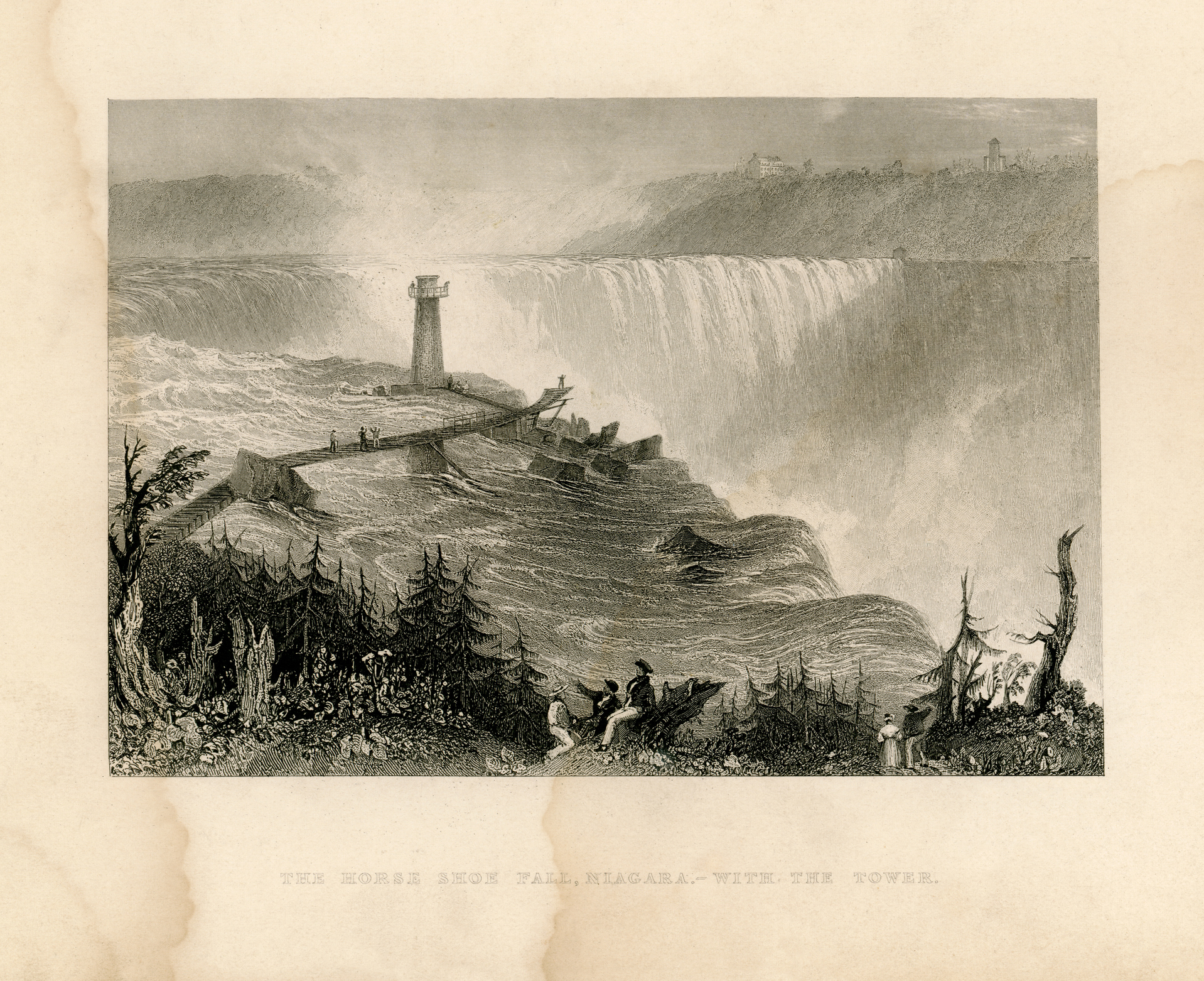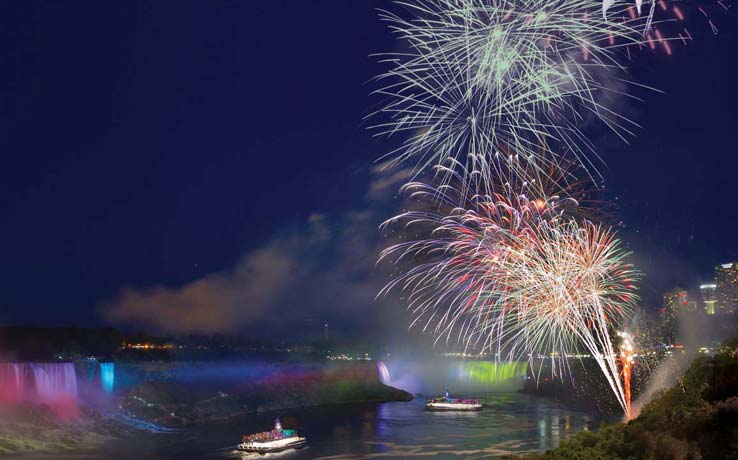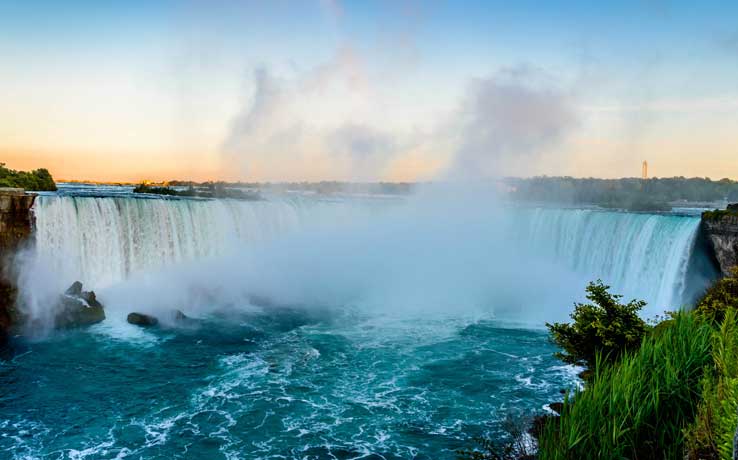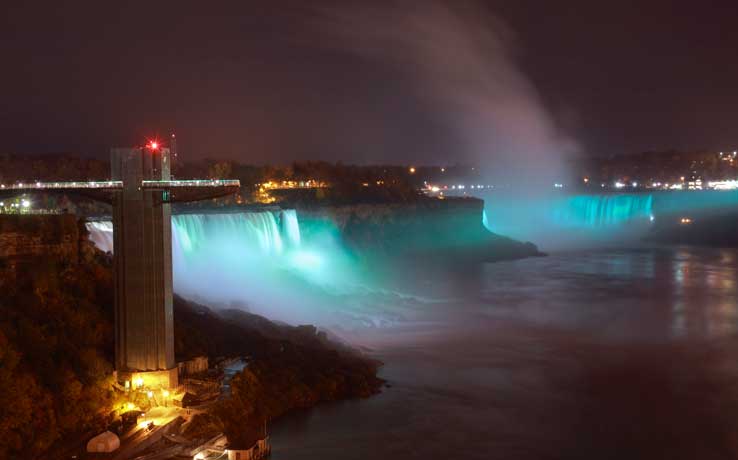Welcome to the blog!
Here we are not going to ask Oracle what will happen to Niagara Falls in the future. We will go back in time to see how the falls have evolved.
We will also check what the future holds based on research and scientific analysis in recent times.
History of Niagara Falls
Niagara Falls was first discovered by native americans living in the region. However, this was officially documented by French priest Father Louis Hennepin during his 1678 expedition.
Niagara Falls was created during the end of the ice age period approximately 12000 years ago. The melting waters formed lakes and discovered low-lying passages to cut out a path now known as the Niagara River.
The Niagara River took its path to Lake Erie (New York) and Lake Ontario. These were divided into higher and lower levels. The Niagara Escarpment lets water flow from the upper lake to the lower lake making it a fall.
American Falls, Bridal Veil Falls, and Horseshoe Falls are the three independent waterfalls that make up Niagara Falls.
Present Niagara Falls

The present-day Niagara Falls was about 7 miles away from where it is now when it developed.
As of today, the erosion pushes the falls upstream at a rate of approximately 1 foot every year. The erosions are still taking place but at a slower rate due to flow management and diversion of water for hydroelectric power.
Nobody knows what will happen to Niagara Falls in the future. But when the massive rockfalls happen in Horseshoe Falls rapid erosions will take place.
As the crest line acquires a groove pattern, stable locations are destroyed, and the falls retreat quickly until a point of equilibrium is found.
Likewise, the river’s current or future flow and volume won’t be adequate to create a deep enough plunge pool to handle rock falls. In this case, the Canadian Falls, like the American Falls, might be supported by talus.
Climate change is also an influencing factor on the future of the Niagara River as an integral part of the Great Lakes Basin. Models indicate a drying up of the Basin. Isostatic rebound continues to affect the Great Lakes Basin and consequently the flow of water through the Niagara River.
Conclusion
Taking into account all the above factors scientists speculate that in about 2000 years from now the American Falls could dry up. As a dry fall, it could appear like Niagara Glen does today.
The Horseshoe Falls will notchback for about 15,000 years, moving back about four miles from where it is today. The falls could be replaced by a series of rapids.
So, approximately 50,000 years from now, at the present rate of erosion, the remaining 20 miles to Lake Erie would have been undermined. There won’t be falls anymore, but there will still be a river at work.
However, while Niagara Falls continues to erode into the Niagara Escarpment, visitors to the region need not worry about the marvellous landmark disappearing completely anytime soon.
There may not be any danger of disappearing Niagara Falls at least in your lifetime, but it’s a worth trip to consider visiting this natural wonder.













